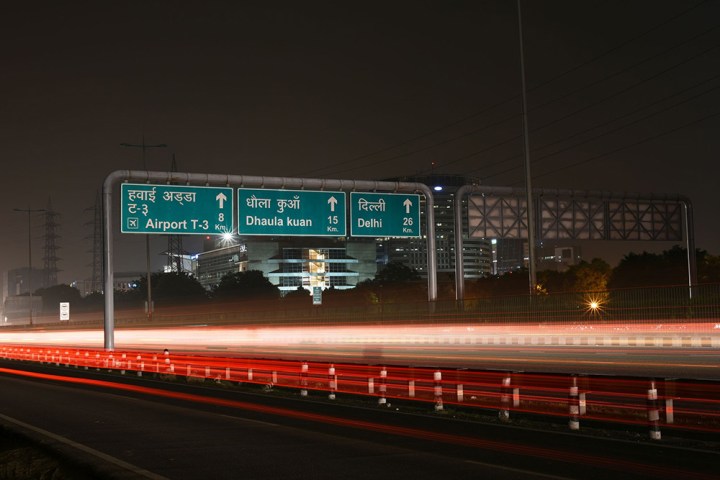
“I wish to take this number to 100 in the next five-seven years in line with the government’s ‘Digital India’ and ‘Make in India’ initiatives,” said Cisco CEO Chuck Robbins at a recent partner summit (as per ReadWrite).
The Make In India initiative has as its goal the transformation of India into a global design and manufacturing hub. Digital India is more about massively improving the telecommunications networks in India, as well as bringing rural communities online with high-speed internet for the first time.
Related: Expert voices chime in on how will autonomous cars change cities
Utilizing the government’s support of these initiatives, Cisco has launched new manufacturing operations in the country and plans to introduce a number of internet of things (IoT) and connected devices to make urban centers much more forward thinking. This comes hand in hand with Cisco making its own inroads in the burgeoning IoT industry, as well as showing interest in internet security and cloud computing.
Cisco has had a corporate presence in India for more than two decades at this point and currently employs over 11,000 people across the country. It believes itself uniquely positioned to help kick-start the economy there, as well as to help provide the connected tools the government needs to institute its plans.
This wouldn’t be the first time Cisco has attempted to smarten up a city. It previously did so in a number of developed cities, including Hamburg, Germany, where its connected hardware and software allowed local authorities to control traffic, parking, lighting, and logistics via one centrally controlled network, which it termed the Internet of Everything.
Editors' Recommendations
- Google is planning to test drones for fighting fires
- Household electrical usage increased in 2020. Here’s how a smart home can help
- U.K. has plans to create aerial drone zone superhighways to contain UAV traffic
- Self-driving forklifts are here to revolutionize warehouses, for better or worse
- Without a firewall, the door to your smart home is left wide open




